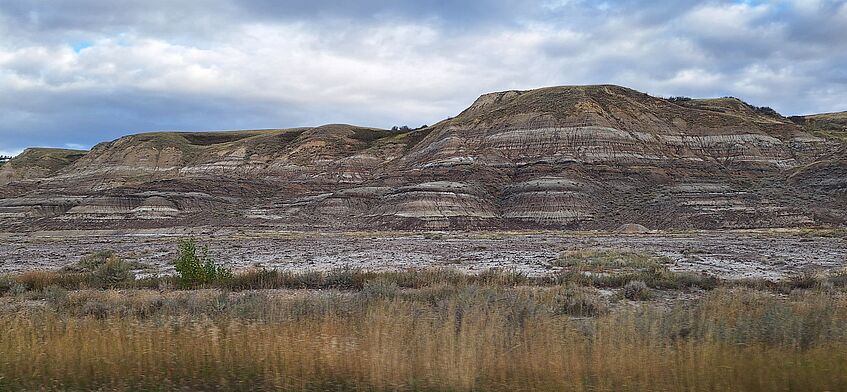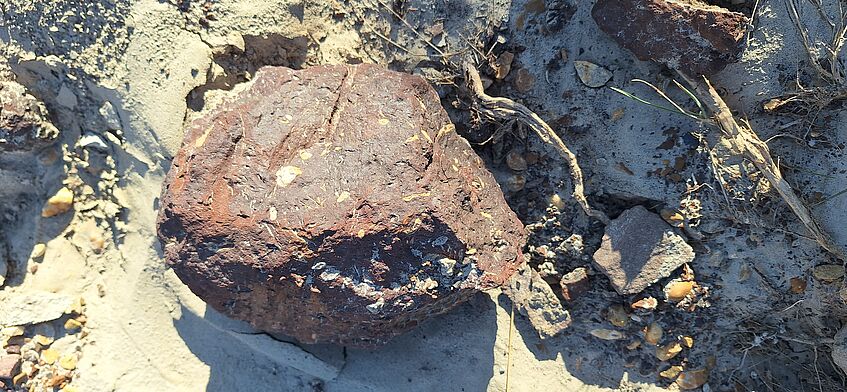This is an FWF project funded that uses three-dimensionally (3-D) preserved plants to understand the Late Cretaceous forests of northern North America. The Late Cretaceous was a time of global ecological upheaval. The rise to dominance of flowering plants (known as the Angiosperm Terrestrial Revolution (ATR), starting 100 million years ago) and a changing climate is thought to have altered the composition of forests globally. These changes affected diverse organisms like birds, mammals, and insects that co-evolved with the flowering plants. The mid-latitude northern North American forests of the Late Cretaceous were then under pressure from these events. However, little is known about some of these forests and how they reacted.
To understand the plant composition and their community within these forests, the preserved plant fossils must first be identified after preparation. This means that detailed botanical knowledge and palaeoecological context for the forests can be provided as none exist yet. From this fossil evidence we can get a more complete picture of these forests and their composition, and so a better context for all the other fossil organisms that lived and were preserved in these fossil forests.

A view of the different coloured layers of sediments, dating back to the Late Cretaceous, found in the Canadian badlands (Drumheller, Alberta).

Fossilised plants preserved in a loose block (Drumheller, Canada).
The focus on three dimensionally preserved plants is important as they can provide more information aiding their identification than the more common two-dimensionally preserved plants. In this project, the focus is on two types of exceptional three-dimensional preservation: plants found in amber and those that are permineralised. The plant fossils in amber derive from the Raritan Formation (New Jersey, USA) and the Foremost Formation (Alberta, Canada). The permineralised plants are found in the Horseshoe Canyon Formation from Alberta (Canada), close (geographically and in age) to the Canadian amber under study. This project could also permit insights into reasons why amber can found from some forests and not others, and which plants may have been the amber sources.
Project DOI:10.55776/PAT2207723
